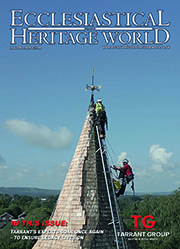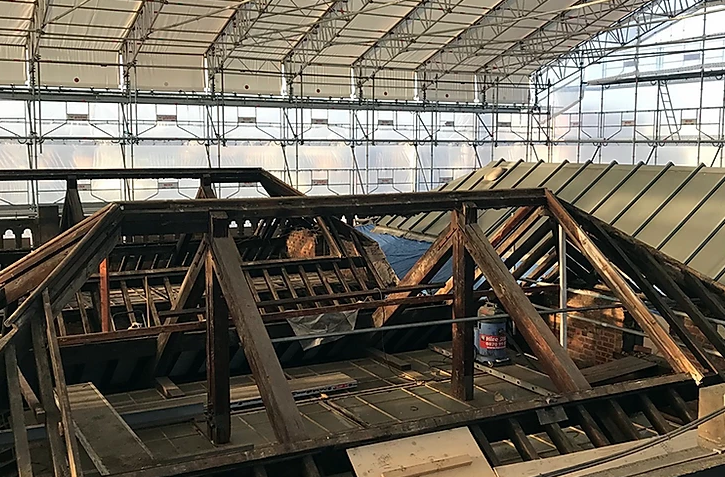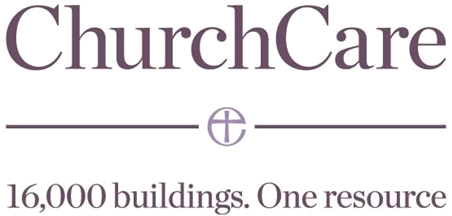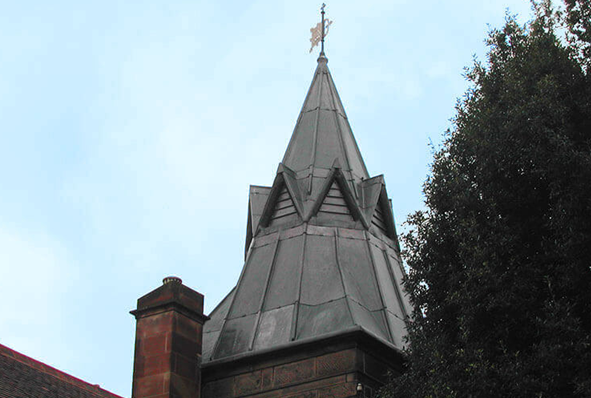Heritage Roofing
Heritage roofing - maintaining our iconic buildings
The UK is home to some of the most iconic buildings in the world, from stunning churches and cathedrals to historic stately homes. Each and every one of these remarkable feats of architecture requires regular maintenance to ensure they remain in the very best condition, allowing them to be enjoyed for generations.
Lightning Protection
When lightning strikes are you protected against this act of God?
The issue of lightning protection in churches is one that has exercised this publication for many years. In this four-part series of spotlights on the issue we will be revisiting various aspects of the subject, beginning with an overview of current thinking.
Traditional Lime
Lime: it’s better for buildings – and for the environment
It is now fairly well known that cement is not good for old buildings and that lime mortar should be used. But why? What are the advantages and what are the disadvantages? In order to begin to answer those questions it is necessary to understand the nature of traditional building, the process by which buildings used to be built, and how it differs from modern construction, the process by which we build today.
Audio Visual
Audio visual equipment in church buildings
This guidance is issued by the Church Buildings Council under section 55(1)(d) of the Dioceses, Mission and Pastoral Measure 2007. As it is statutory guidance, it must be considered with great care. The standards of good practice set out in the guidance should not be departed from unless the departure is justified by reasons that are spelled out clearly, logically and convincingly.
Read More...
CRE Events
Churches are coming under starter’s orders for CRE 25
Churches across the nation are beginning to make preparations for their visit to Christian Resources Exhibition’s CRE 25.
Insurance
You need to ensure that reasonable precautions are in place at your church to keep it safe for those who use it. To do this, you need to think about what might cause harm to people.
You will then need to decide if the precautions already in place are adequate. If they are not, you may need to identify further action to prevent any danger. When done formally, this is known as a risk assessment.
LPOW Grants
£23 million government package to support restoration of thousands of listed places of worship
Heritage Minister Sir Chris Bryant has announced that the Listed Places of Worship Grant Scheme will be extended into the next financial year, providing £23 million so that thousands of historical buildings, including churches, synagogues, mosques and temples, can carry out restoration work.
Lead Roofing
Lead is one of the oldest materials in the roofing industry and is still commonly used throughout the world today.
Lead roofing is a traditional roofing method which has been used in the industry for hundreds of years, and is therefore proven to be extremely reliable. Lead roofing, and sand-cast lead, in particular is ideal for old buildings such as churches or historical renovations, whereas milled lead roofing is a mass-produced alternative, used for precision and accuracy in homes and commercial buildings alike.
Home
CHURCH HEATING and the ORGAN
Advice for those who have the care of the organ
Any reference to the organ means a pipe organ
HEATING. A helpful short book, published in 1996 by the Council for the Care of Churches,
is called Heating Your Church (ISBN 0 7151 7570 X). It explains in simple terms the general
principles of creating a warmer atmosphere, how to get the best out of your system, how to
avoid draughts, and so on. It also points out that no two churches are the same, and that the
same system is not going to work in every church.
Organ builders are not heating engineers, and advice on heating should be sought from a
specialist. But it is important to consult your organ builder as well, because not all heating
engineers have experience of organs, and the recommended system may need re-planning to
take account of the organ.
THE ORGAN. A good organ can last for centuries if well cared-for, and can be a great
treasure for the music of the church. It is probably the single most valuable item in the
building. But it can be permanently damaged by the heating, as can any other woodwork
such as pews, panelling, carving or pictures.
Organs are constructed of wood and leather, both of which are affected by the moisture
content in the atmosphere. These materials absorb moisture and swell if they are damp; they
shrink and crack if the atmosphere is too dry.
TUNING. The church has an organ to make music, and the organ sounds best if it is in tune.
Tuning varies with the temperature, and not all pipes are affected equally. If the church is
colder or warmer than it was when the organ was tuned, the organ may sound “out of tune”.
So it is best to tune the organ at its ‘Sunday’ temperature.
Heating systems which bring the building up to temperature slowly will create less air
movement and disturbance than systems which heat the air quickly. Warm air rises, and in
some churches the top of the organ can be many degrees warmer than the people in the pew.
Draughts passing through the organ pipes will affect the tuning, causing different ranks of
pipes to be at different temperatures.
THE BUILDING. Many of our finest churches are very old, and have lasted for centuries
(without heating). Careful maintenance is important. Regular attention to guttering is a
simple example. Water damage can be expensive to put right.
People will not want to be in church if it is cold and draughty, and conditions should be
comfortable if the church is to feel welcoming. Gentle heating can be good for the building by
preventing damp conditions from developing, but unsympathetic heating systems may
encourage problems in woodwork, stone and roofing, as well as the organ.




















